However, recent research suggests that these enigmatic objects might play a surprising role in supporting life rather than annihilating it. Scientists are now exploring how black holes could contribute to planetary habitability and even the emergence of life.
Energy Sources in the Darkness
Contrary to their ominous reputation, black holes generate immense amounts of energy through the process of accretion—when matter spirals toward them and heats up due to friction. This released energy can provide heat and light, potentially making nearby planets more hospitable, even in regions far from traditional stars. Some researchers propose that planets orbiting active black holes could harness this radiation for sustaining life. In particular, quasars—supermassive black holes at the centers of galaxies—produce massive amounts of energy that could influence entire star systems.
Black Hole Winds and Nutrient Dispersal
As black holes consume matter, they also expel powerful jets of particles and radiation. These “black hole winds” could distribute essential elements like carbon, oxygen, and nitrogen throughout space, enriching the formation of planets and possibly seeding the basic ingredients for life.
This process mirrors how supernovae distribute heavy elements across the universe, but in a more prolonged and sustained manner. The material ejected by black holes could interact with interstellar clouds, triggering star and planet formation, potentially creating habitable worlds in their wake.
Stable Orbits and Long-Term Habitability
Surprisingly, some exoplanets could find themselves in stable orbits around black holes. Unlike the volatile environments of young stars, black hole systems could provide consistent energy output over long timescales, making them viable locations for life to evolve and persist. Researchers theorize that planets in the habitable zones of black hole systems could sustain liquid water if the conditions are right.
Moreover, if a planet orbits in a way that allows it to absorb just enough energy from the black hole’s radiation, it could experience a form of “black hole day,” where the intense radiation mimics the effects of a sun.
Theoretical Possibilities and Future Research
While these ideas remain largely theoretical, upcoming space telescopes and observational studies may provide more clues. By studying the effects of black holes on their surroundings, astronomers hope to determine whether these cosmic giants can indeed foster life rather than just consuming it.
Future missions like the James Webb Space Telescope and next-generation radio telescopes will allow scientists to study the atmospheres of exoplanets near black holes, searching for biosignatures and signs of habitability.
Conclusion
The notion that black holes might aid life rather than end it challenges our traditional understanding of the universe. As science continues to explore these possibilities, we may find that the most extreme environments hold unexpected secrets about the origins and survival of life beyond Earth. If black holes can indeed support life, it would revolutionize our perception of these celestial giants—not as mere destroyers, but as potential cosmic architects of habitable worlds.



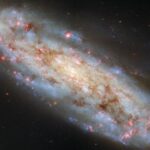




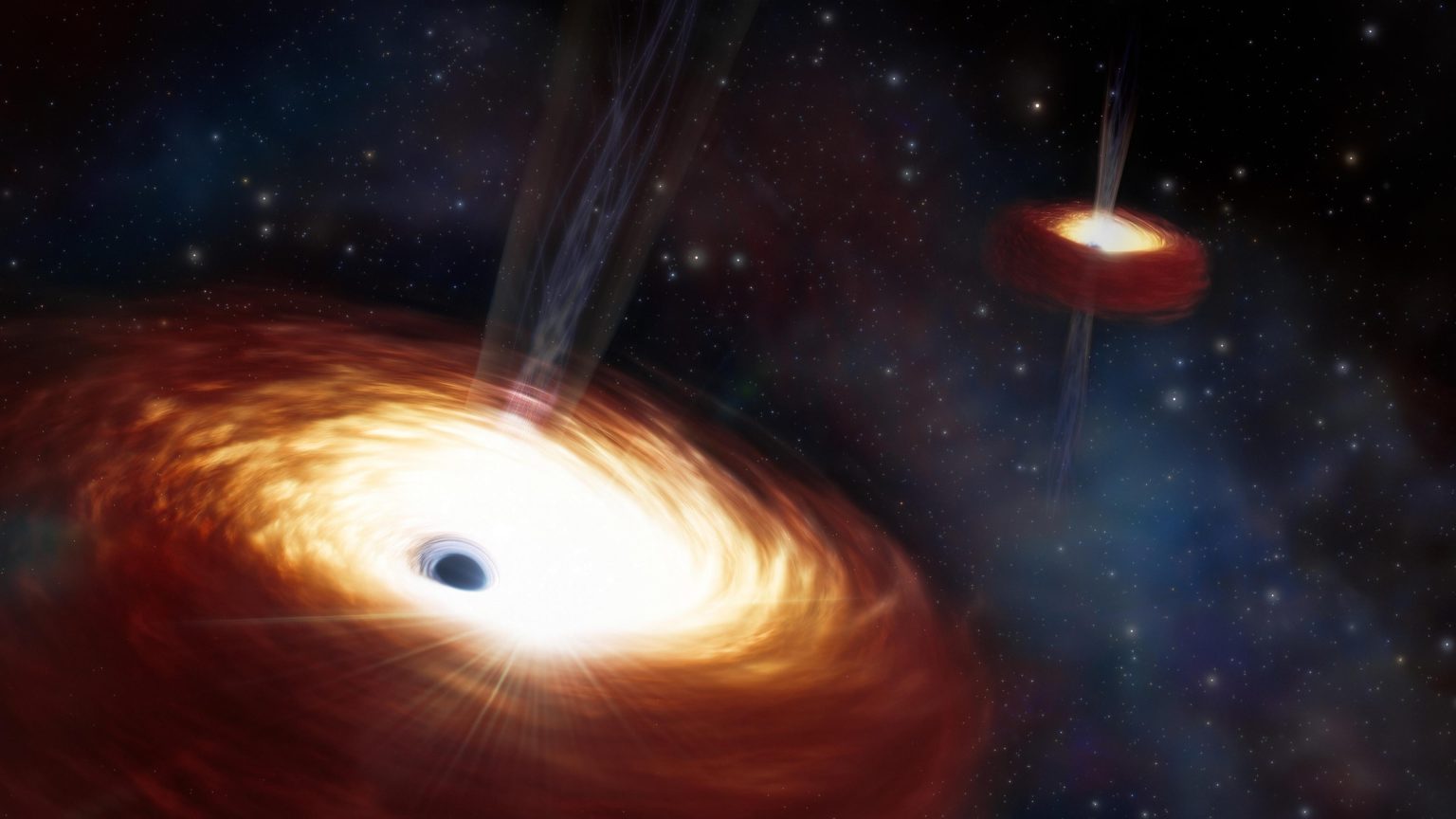
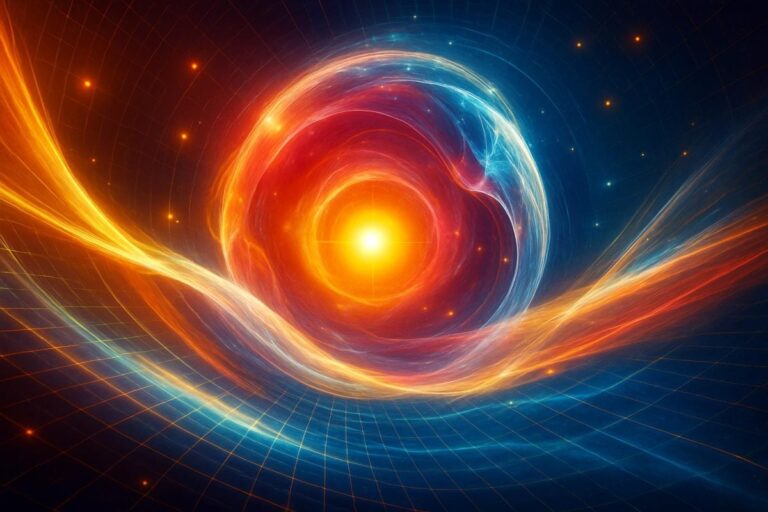

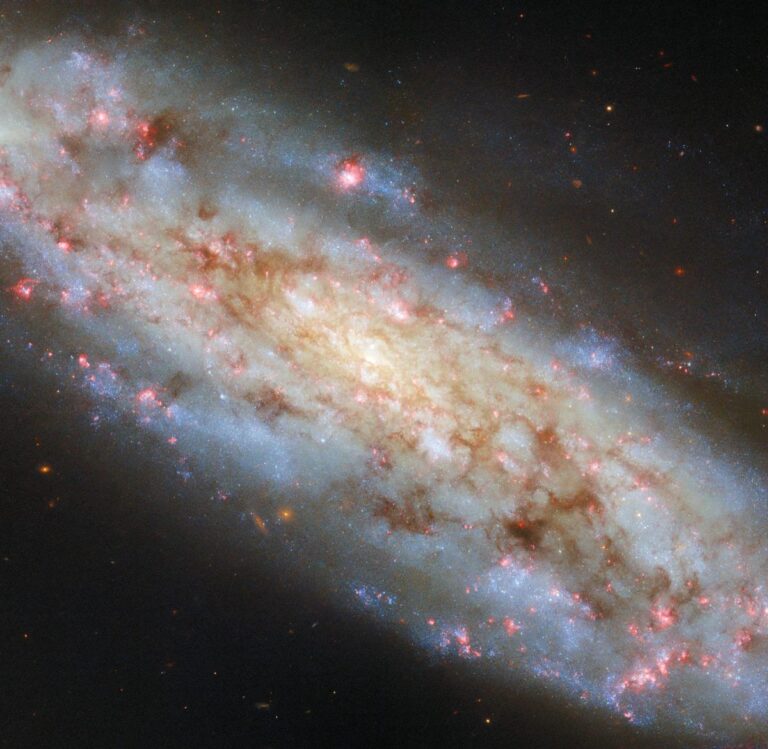
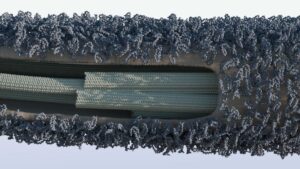




+ There are no comments
Add yours